| HOME |
|---|
SCUTUM
The Shield
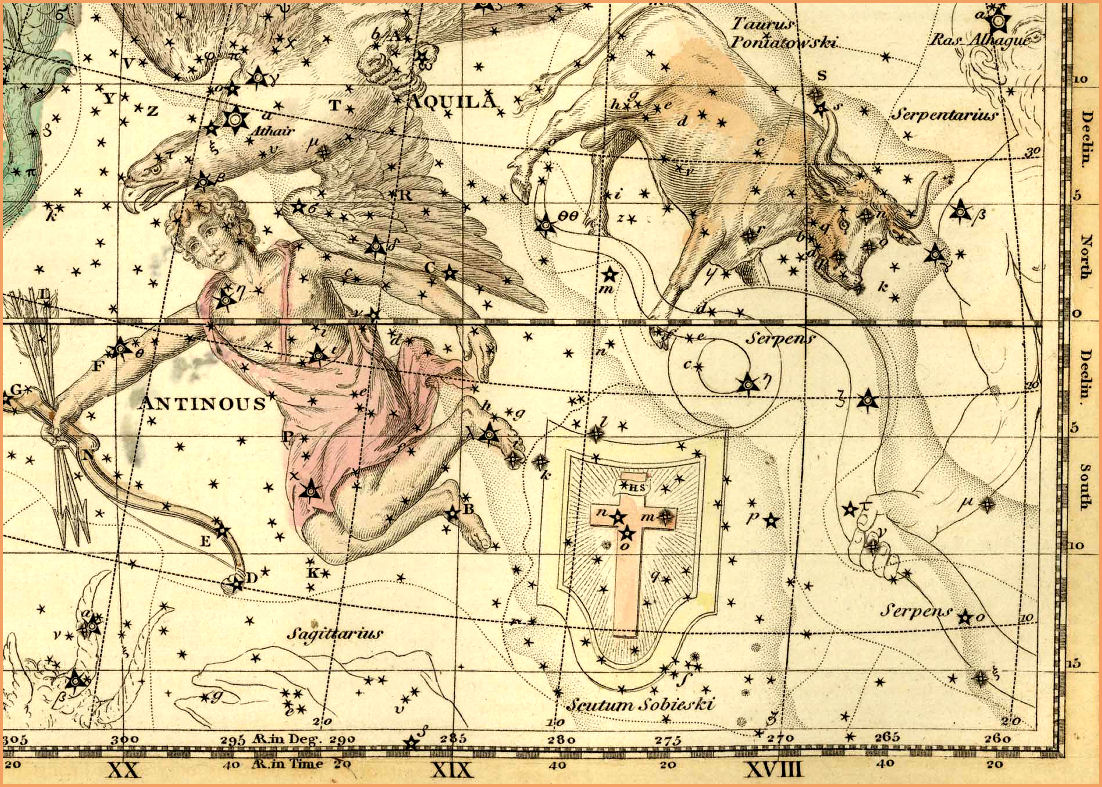
Scutum - Celestial Atlas by Alexander Jamieson - 1822
| HOME |
|---|

Scutum was added to the constellations in 1684, by Johannes Hevelius, one of seven the famed Polish astronomer contributed to the official 88 constellations we have today. It was originally named Scutum Sobiescian (Shield of Sobieski), in honour of King Jan Sobieski III of Poland, who financed the construction of a new observatory for Hevelius after the original was consumed by fire in 1680.
The Jamieson illustration above shows us two constellations that are not with us any more since the International Astronomical Union finalized the official map of the heavens in 1930. Taurus Poniatowski was inspired by a "V" shaped asterism (now in Ophiuchus) that resembles the Hyades "V" in the face of the much larger Taurus. It was named after Stanislav Poniatowski, Polish monarch and patron of the Royal Observatory in 1777.
The constellation Antinous (now part of Aquila) was one of the ancient constellations, going all the way back to 130 AD. It was conceived by the Roman Emperor Hadrian, to honour a young boy of the same name who shared his bed. If the constellation had been retained we would now have two catamites in our sky, the other being the fair Ganymede (Aquarius), cup bearer of Zeus (Jupiter).
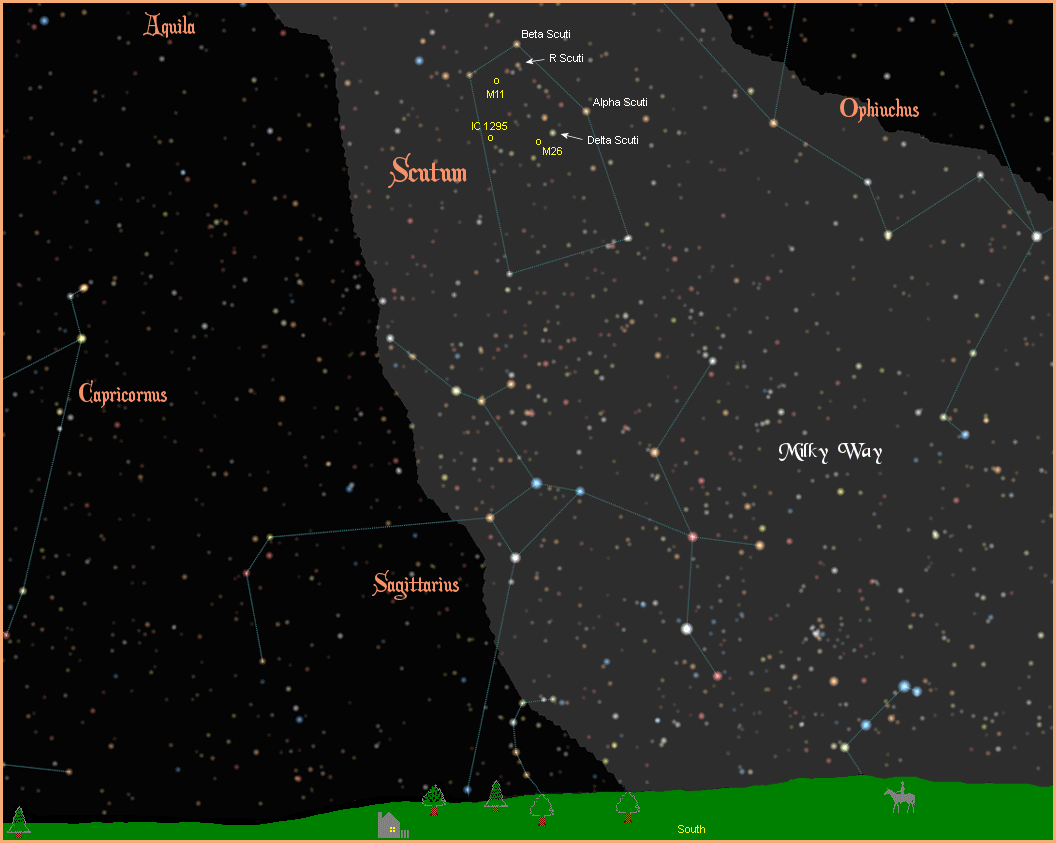
There are no named stars in Scutum. The brightest star is properly designated Alpha Scuti, although it is hardly noteworthy at magnitude 3.85. Located on the west edge of the shield, it is a K3III orange giant, about 199 light years away.
With the second brightest star on the top of the shield, Beta Scuti, we are already down to magnitude 4.22. It is a close binary system, consisting of a G5III yellow/orange giant and a A0V blue/white main sequence star, that orbit each other every 2.3 years. That we can see the system at all is testament to their intrinsic brightness, as they lie out at the very great distance of 900 light years.
In the centre of the shield is Delta Scuti, an F2III yellow/white giant, about 200 light years away, with two faint companions. This star is the prototype of the "Delta Scuti class" of pulsating variables with multiple pulsation periods, going from magnitude 4.60 to 4.79.
Another variable star with a much greater magnitude shift is R Scuti (HD 173819), a K0II orange supergiant, which goes from magnitude 4.45 to 8.20 and back again every 142 days. Located far away at a distance of 870 light years, it belongs to a class of variables known as "RV Tauri stars".
So far only two stars in Scutum have been found to support planetary systems and they are both almost 3,000 light years away and well beyond naked eye visibility. Two planets have been discovered, both gas giants unlikely to support life. For more information on these and other extrasolar planets, visit NASA's New Worlds Atlas, and The Open Exoplanets Catalogue.
Scutum lies in a particularly rich area of the Milky Way, and is almost entirely filled with the very bright, very dense Scutum Star Cloud. On the northern edge of this thick cloud, at magnitude 6.3, is a favourite target for backyard telescopes, the open cluster M11, commonly known as The Wild Duck Cluster. It is one of the densest open clusters known, thought to contain about 3,000 stars.
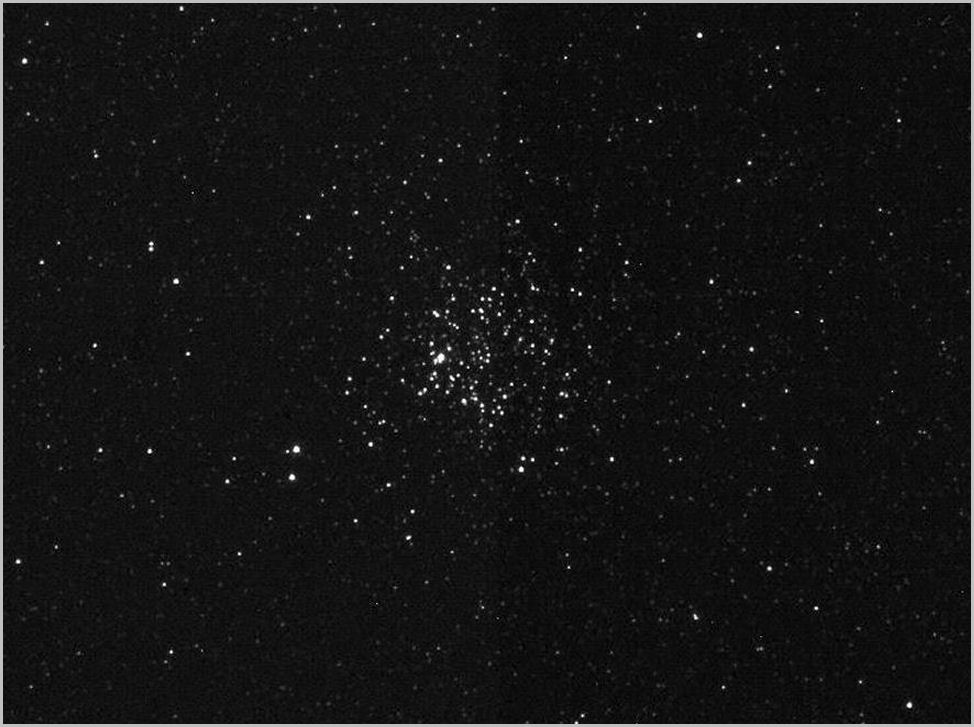
In the centre of the shield is the open star cluster M26 (NGC 6694), a tight little grouping with a sparse centre, embedded in the middle of the bright, crowded Scutum Star Cloud. It measures about 22 light years across, and is about 5,000 light years away, with a magnitude of 8.0.
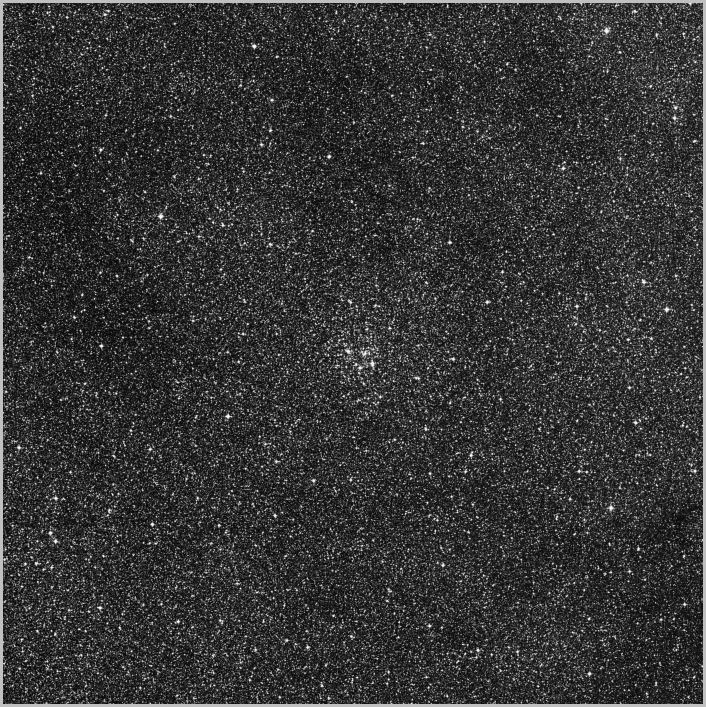
At a distance of 3,300 light years, the planetary nebula IC 1295 glows with a ghostly green glow, due to an abundance of oxygen in the expelled gas of the dying star at its centre.
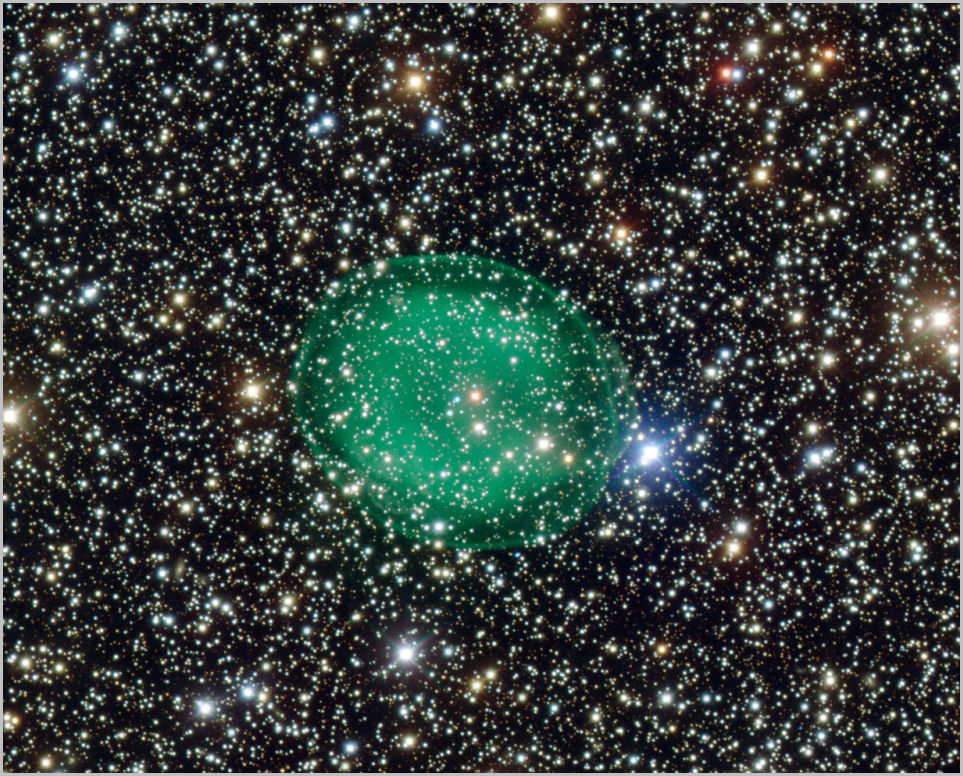
In 2006 NASA scientists discovered the source of powerful x-rays and gamma rays eminating from Scutum. Using the infrared Spitzer Space Telescope, they were able to see through the thick dust and optical interference 18,900 light years towards the center of the Milky Way, and found one of the most massive star clusters in the galaxy. The cluster is estimated to contain 20,000 stars, and an unusually high number of rare red supergiants, the kind of stars that end their relatively short lives in a supernova explosion. It is these supernova explosions that are emitting the x-rays and gamma rays. Below is the Spitzer infrared photo, showing the dense x-ray cluster of stars in the center, surrounded by the dark dust, bright nebulae and crowded star fields of the Milky Way.
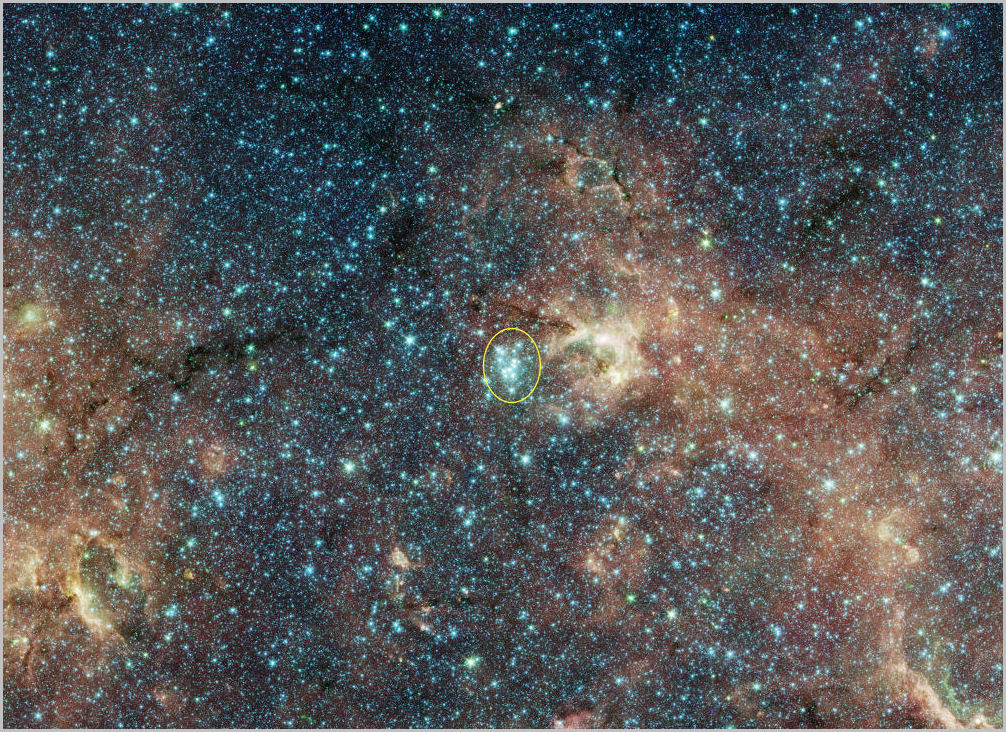
|
|
|
|
|
|